-
 Bitcoin
Bitcoin $117800
0.49% -
 Ethereum
Ethereum $4432
0.55% -
 XRP
XRP $3.106
1.07% -
 Tether USDt
Tether USDt $1.001
0.01% -
 BNB
BNB $835.8
1.74% -
 Solana
Solana $189.1
2.72% -
 USDC
USDC $0.9999
-0.01% -
 Dogecoin
Dogecoin $0.2302
3.65% -
 TRON
TRON $0.3485
-0.69% -
 Cardano
Cardano $0.9212
-0.91% -
 Hyperliquid
Hyperliquid $46.97
1.45% -
 Chainlink
Chainlink $22.77
5.61% -
 Stellar
Stellar $0.4284
0.82% -
 Sui
Sui $3.766
2.82% -
 Bitcoin Cash
Bitcoin Cash $583.5
-0.82% -
 Ethena USDe
Ethena USDe $1.001
0.03% -
 Hedera
Hedera $0.2512
2.78% -
 Avalanche
Avalanche $24.18
2.27% -
 Litecoin
Litecoin $120.2
2.10% -
 Toncoin
Toncoin $3.450
1.96% -
 UNUS SED LEO
UNUS SED LEO $9.412
-0.92% -
 Shiba Inu
Shiba Inu $0.00001298
2.35% -
 Uniswap
Uniswap $10.99
3.75% -
 Polkadot
Polkadot $3.962
3.09% -
 Dai
Dai $1.000
0.00% -
 Bitget Token
Bitget Token $4.643
1.38% -
 Cronos
Cronos $0.1511
-0.08% -
 Ethena
Ethena $0.7246
3.18% -
 Monero
Monero $254.9
7.90% -
 Pepe
Pepe $0.00001100
3.32%
Exodus transfer USDT has not been received. Is the ERC20 network selected correctly?
If your USDT transfer via Exodus is missing, confirm the correct network (ERC20, TRC20, etc.) was used and the recipient's wallet supports it; if not, contact support.
May 14, 2025 at 05:29 pm
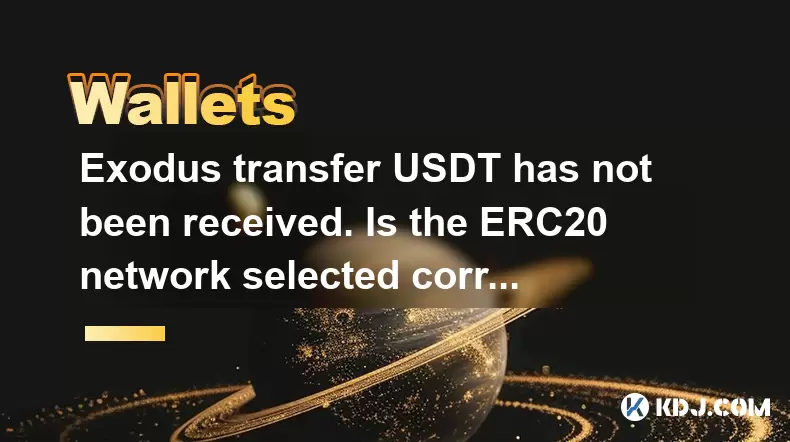
When transferring USDT using the Exodus wallet and the transaction has not been received, it's crucial to verify that the correct network was selected during the transfer process. USDT, or Tether, can be transferred over various blockchain networks, including the Ethereum network (ERC20), the Tron network (TRC20), and others. Selecting the wrong network can result in the transaction being lost or delayed. Let's explore the steps to ensure the correct network was chosen and what to do if the transfer has not been received.
Understanding USDT Networks
USDT can be transferred over multiple blockchain networks, each with its own set of rules and transaction fees. The most common networks for USDT are:
- ERC20 (Ethereum): This is the original network for USDT. Transactions on this network are typically slower and more expensive due to Ethereum's gas fees.
- TRC20 (Tron): This network offers faster and cheaper transactions compared to ERC20. However, it is not as widely supported as ERC20.
- Other networks: USDT can also be transferred over networks like Solana (SPL), Omni (Bitcoin), and others, but these are less common.
Checking the Selected Network in Exodus
To ensure that the correct network was selected during your USDT transfer in Exodus, follow these steps:
- Open the Exodus wallet on your device.
- Navigate to the transaction history by clicking on the "Portfolio" tab and then selecting the "Transactions" section.
- Find the specific USDT transaction that has not been received.
- Check the transaction details to see which network was used for the transfer. This information should be displayed under the transaction amount.
If the network displayed is ERC20, and you are certain that the recipient's wallet supports ERC20 USDT, then the issue might be elsewhere. If the network is incorrect, the transaction may be lost or delayed.
Verifying the Recipient's Wallet Compatibility
Before initiating a USDT transfer, it's essential to verify that the recipient's wallet supports the network you intend to use. Here's how to check:
- Ask the recipient which networks their wallet supports for USDT.
- Check the wallet's documentation or official website for supported networks.
- Ensure the recipient's wallet address is compatible with the network you plan to use. For example, an ERC20 address starts with "0x", while a TRC20 address starts with "T".
If the recipient's wallet does not support the network you used, the transaction will not be received, and you may need to contact the recipient to resolve the issue.
Troubleshooting a Missing USDT Transfer
If you have confirmed that the correct network was selected and the recipient's wallet supports it, but the transfer has still not been received, follow these steps:
- Check the transaction status on the blockchain explorer. For ERC20 transactions, you can use Etherscan (etherscan.io). Enter the transaction hash (TXID) to see the status.
- Wait for confirmation: Sometimes, transactions can take longer to process, especially during network congestion. Wait for at least 24 hours before taking further action.
- Contact Exodus support: If the transaction is still not showing as received, reach out to Exodus customer support with the transaction details. They can help investigate the issue.
Resolving Incorrect Network Selection
If you realize that the wrong network was selected during the transfer, the situation can be more complicated. Here's what you can do:
- Contact the recipient: Inform them of the mistake and ask if they have access to a wallet that supports the network used for the transfer.
- Initiate a recovery process: If the recipient cannot access the funds, you may need to initiate a recovery process through the network's support channels. For example, if you sent ERC20 USDT to a TRC20 address, you would need to contact Ethereum support.
- Learn from the mistake: Always double-check the network before sending USDT to avoid similar issues in the future.
Preventing Future Issues
To avoid similar problems with USDT transfers in the future, follow these best practices:
- Always verify the recipient's wallet compatibility before sending USDT.
- Double-check the network selection in Exodus before confirming the transaction.
- Use a small test transaction first to ensure everything works correctly before sending larger amounts.
- Keep transaction records and regularly check the status of your transfers.
Frequently Asked Questions
Q: Can I recover a USDT transaction sent to the wrong network?
A: Recovering a USDT transaction sent to the wrong network can be challenging and often depends on the specific networks involved. If you sent ERC20 USDT to a TRC20 address, for example, you would need to contact Ethereum support for assistance. The success of recovery is not guaranteed and can take time.
Q: How long should I wait before considering a USDT transfer as lost?
A: It's recommended to wait at least 24 hours before considering a USDT transfer as lost. Blockchain networks can experience congestion, which may delay transaction processing. If the transaction still hasn't been received after 24 hours, you should investigate further.
Q: Can I use the same wallet address for different USDT networks?
A: No, you cannot use the same wallet address for different USDT networks. Each network has its own address format. For example, an ERC20 address starts with "0x", while a TRC20 address starts with "T". Always ensure you are using the correct address for the network you are transferring on.
Q: What should I do if I accidentally sent USDT to an exchange using the wrong network?
A: If you sent USDT to an exchange using the wrong network, contact the exchange's support team immediately. Provide them with the transaction details, including the transaction hash and the network used. The exchange may be able to help recover the funds, but this is not guaranteed and depends on their policies and capabilities.
Disclaimer:info@kdj.com
The information provided is not trading advice. kdj.com does not assume any responsibility for any investments made based on the information provided in this article. Cryptocurrencies are highly volatile and it is highly recommended that you invest with caution after thorough research!
If you believe that the content used on this website infringes your copyright, please contact us immediately (info@kdj.com) and we will delete it promptly.
- Kazakhstan's Crypto Leap: Bitcoin ETF and Central Asia's Digital Finance Future
- 2025-08-13 12:45:19
- BlockDAG Presale Blazes Past $371M: Fundraising Frenzy Fuels Crypto Sensation
- 2025-08-13 13:05:21
- Meme Coins: Chasing the 2025 Surge – Which Will Moonshot?
- 2025-08-13 10:25:23
- Bitcoin's Wild Ride: Rally, Pullback, and What's Next
- 2025-08-13 10:25:23
- Bitcoin, Bitmax, and Institutional Demand: A New Era of Crypto Investment
- 2025-08-13 10:45:12
- Solana, ROAM, and Airdrops: What's the Buzz in 2025?
- 2025-08-13 11:35:13
Related knowledge
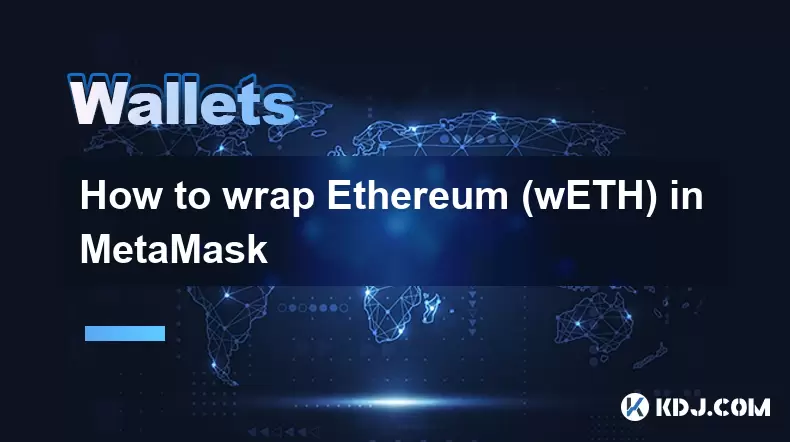
How to wrap Ethereum (wETH) in MetaMask
Aug 13,2025 at 11:36am
Understanding Wrapped Ethereum (wETH)Wrapped Ethereum (wETH) is a tokenized version of native Ethereum (ETH) that conforms to the ERC-20 standard, ena...
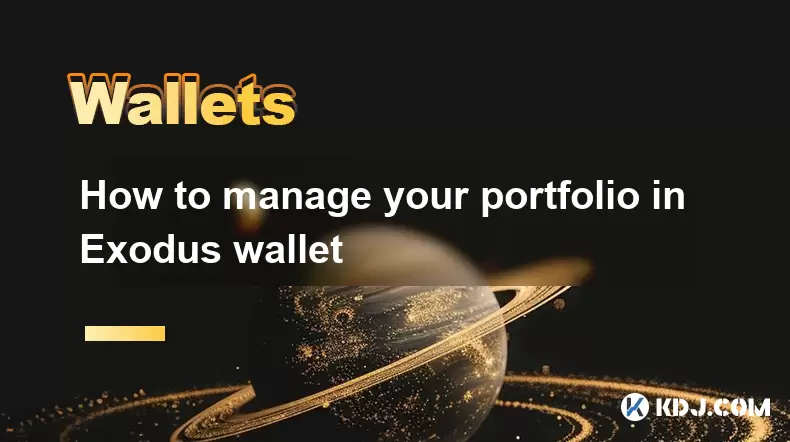
How to manage your portfolio in Exodus wallet
Aug 08,2025 at 10:07pm
Understanding the Exodus Wallet InterfaceThe Exodus wallet is a non-custodial cryptocurrency wallet that supports a wide range of digital assets. When...

How to manage your portfolio in Exodus wallet
Aug 13,2025 at 11:35am
Understanding the Exodus Wallet InterfaceThe Exodus wallet is a non-custodial cryptocurrency wallet that supports a wide range of digital assets. Upon...
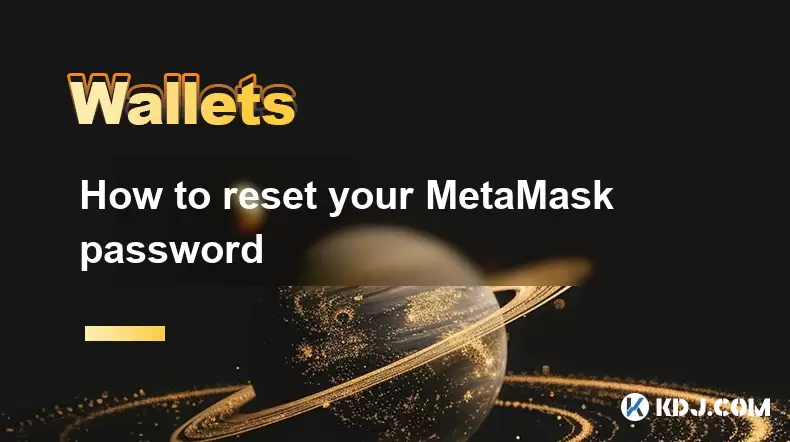
How to reset your MetaMask password
Aug 08,2025 at 01:28pm
Understanding the MetaMask Password Reset ProcessMany users confuse the MetaMask password with the seed phrase or private key, but they serve differen...
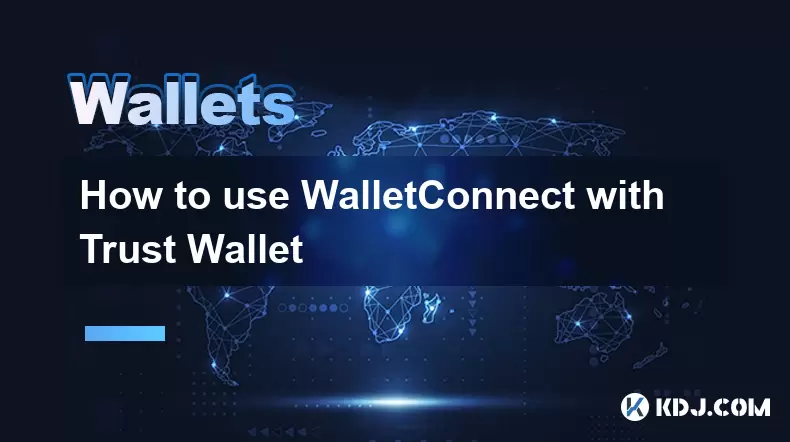
How to use WalletConnect with Trust Wallet
Aug 13,2025 at 01:07am
What Is WalletConnect and Why It Matters for Trust Wallet UsersWalletConnect is an open-source protocol that enables secure communication between dece...
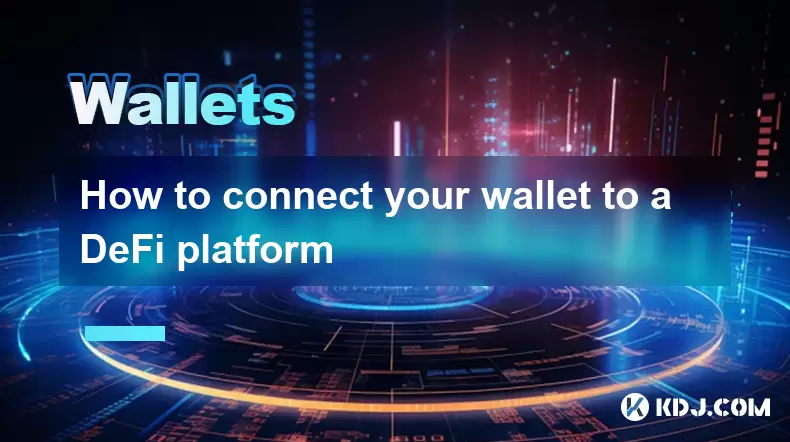
How to connect your wallet to a DeFi platform
Aug 13,2025 at 11:36am
Understanding Wallet Compatibility with DeFi PlatformsBefore connecting your wallet to any DeFi platform, it's essential to ensure your wallet is comp...

How to wrap Ethereum (wETH) in MetaMask
Aug 13,2025 at 11:36am
Understanding Wrapped Ethereum (wETH)Wrapped Ethereum (wETH) is a tokenized version of native Ethereum (ETH) that conforms to the ERC-20 standard, ena...

How to manage your portfolio in Exodus wallet
Aug 08,2025 at 10:07pm
Understanding the Exodus Wallet InterfaceThe Exodus wallet is a non-custodial cryptocurrency wallet that supports a wide range of digital assets. When...

How to manage your portfolio in Exodus wallet
Aug 13,2025 at 11:35am
Understanding the Exodus Wallet InterfaceThe Exodus wallet is a non-custodial cryptocurrency wallet that supports a wide range of digital assets. Upon...

How to reset your MetaMask password
Aug 08,2025 at 01:28pm
Understanding the MetaMask Password Reset ProcessMany users confuse the MetaMask password with the seed phrase or private key, but they serve differen...

How to use WalletConnect with Trust Wallet
Aug 13,2025 at 01:07am
What Is WalletConnect and Why It Matters for Trust Wallet UsersWalletConnect is an open-source protocol that enables secure communication between dece...

How to connect your wallet to a DeFi platform
Aug 13,2025 at 11:36am
Understanding Wallet Compatibility with DeFi PlatformsBefore connecting your wallet to any DeFi platform, it's essential to ensure your wallet is comp...
See all articles

























































































